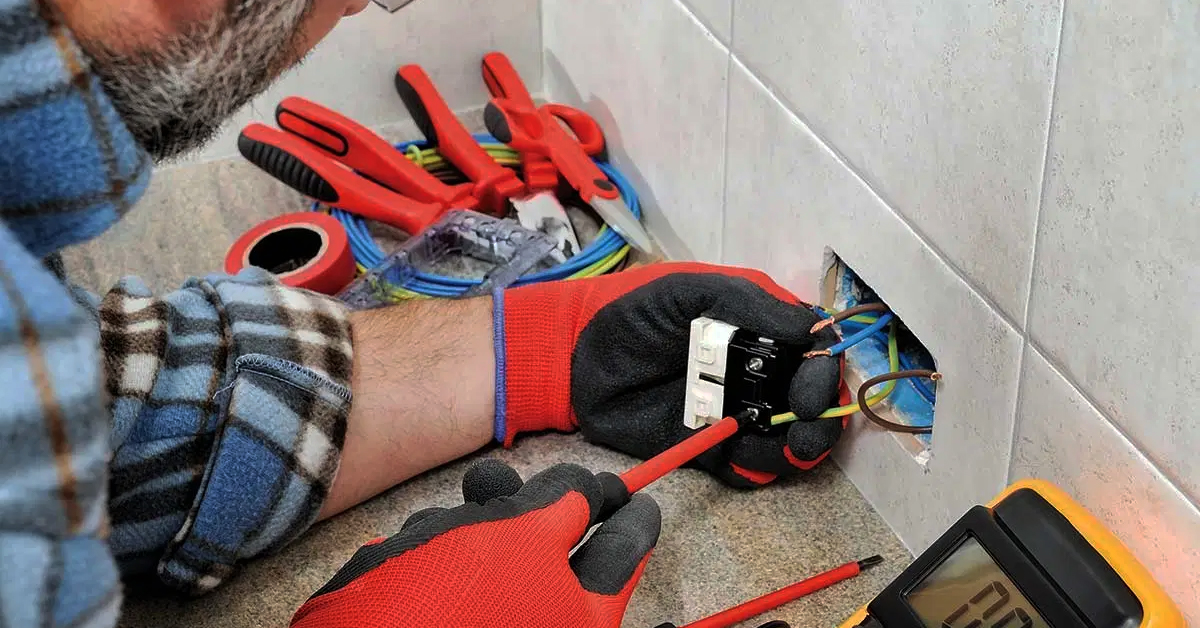
ByMartin Supply •
5 Tips for Electrical Glove Safety
We all know that electricity is nothing to mess around with, but choosing the right PPE is only half of the battle. It is important that you regularly inspect your equipment to make sure that everything is in compliance. Make sure all five of these tips are being followed at your facility so that everyone gets home safe.
- Glove Inspection – Daily checking the state of your gloves is the first line of defense against using something that is defective, and is required by OSHA before use. Be sure that you check your gloves for holes, tears, ozone cuts (a series of interlacing cracks produced by the action of ozone on rubber when under mechanical stress), or swelling.
If you see even the slightest issue with the gloves, take them out of use and send them out for cleaning and retesting. For more info on inspecting gloves see OSHA standard ASTM F 1236-16.
- Glove Classification – Electrical gloves are categorized by the level of voltage protection they provide and whether or not they are resistant to ozone. Here is the voltage breakdown:
- Class 00 — Maximum use voltage of 500 volts AC/proof tested to 2,500 volts AC and 10,000 volts DC
- Class 0 — Maximum use voltage of 1,000 volts AC/proof tested to 5,000 volts AC and 20,000 volts DC
- Class 1 — Maximum use voltage of 7,500 volts AC/proof tested to 10,000 volts AC and 40,000 volts DC
- Class 2 — Maximum use voltage of 17,000 volts AC/proof tested to 20,000 volts AC and 50,000 volts DC
- Class 3 — Maximum use voltage of 26,500 volts AC/proof tested to 30,000 volts AC and 60,000 volts DC
- Class 4 — Maximum use voltage of 36,000 volts AC/proof tested to 40,000 volts AC and 70,000 volts DC
- Date Stamps – Glove manufacturers will put some type of date code to show the date of initial testing. Per OSHA, rubber insulating gloves must be tested within the previous 12 months prior to first issue and then every six months once they are in service. (They also must be tested if it fails inspection, after any repair, or any time that they encounter electricity.)
- Air Test – Along with visual inspection, an air test is a daily requirement before use. Fill the glove with air either manually or with a power inflator and check for any leakage. Type I gloves should not be expanded more than 1.5 times their normal size, and Type II glove no more than 1.25 times. The test should be repeated with the gloves inside out.
- Test Labs – Gloves should be sent to an accredited laboratory for retesting. To find a laboratory near you, go to the North American Independent Laboratories for Protective Equipment Testing (NAIL for PET) site: www.nail4pet.org.
To learn more about classification see OSHA standard 29 CFR 1910.137. Martin is here to help you make sense of OSHA Requirement and make sure that you’re in compliance. Learn more about our safety services or contact us today to see how we can help you operate better.


Comments for this post are closed.